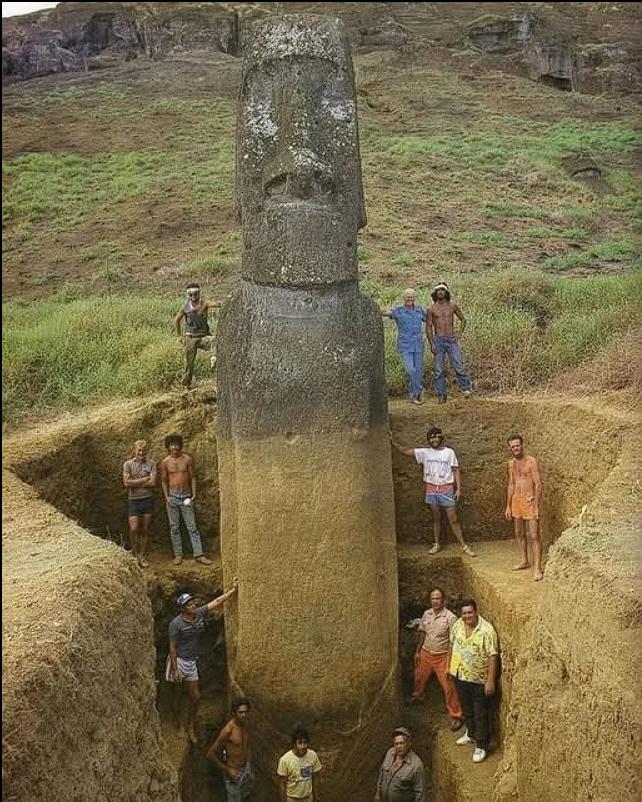Easter Island, or Rapa Nui, is renowned for its iconic Moai statues, massive megaliths that have captivated the world for centuries. These statues, shrouded in mystery, stand as silent testaments to the island’s ancient civilization.
Unveiling the True Nature of the Moai
The Moai statues are often mistakenly referred to as “Easter Island heads,” but this is a misconception. These colossal figures have full bodies, and their construction and purpose remain subjects of ongoing research.
Dispelling the “Heads Only” Myth
Many people believe the Moai are just heads due to photographs showing them partially buried. However, excavations have revealed that these statues have complete torsos, often buried over time.
- The Rano Raraku Misconception: The Rano Raraku quarry, where many Moai were carved, shows statues partially covered in soil, leading to the “heads only” belief.
- Full-Bodied Megaliths: Archaeological digs have uncovered the hidden portions of the Moai, proving they are full-bodied figures.
- Erosion and Sedimentation: Over centuries, erosion and sedimentation have buried the Moai’s lower bodies, contributing to the misconception.
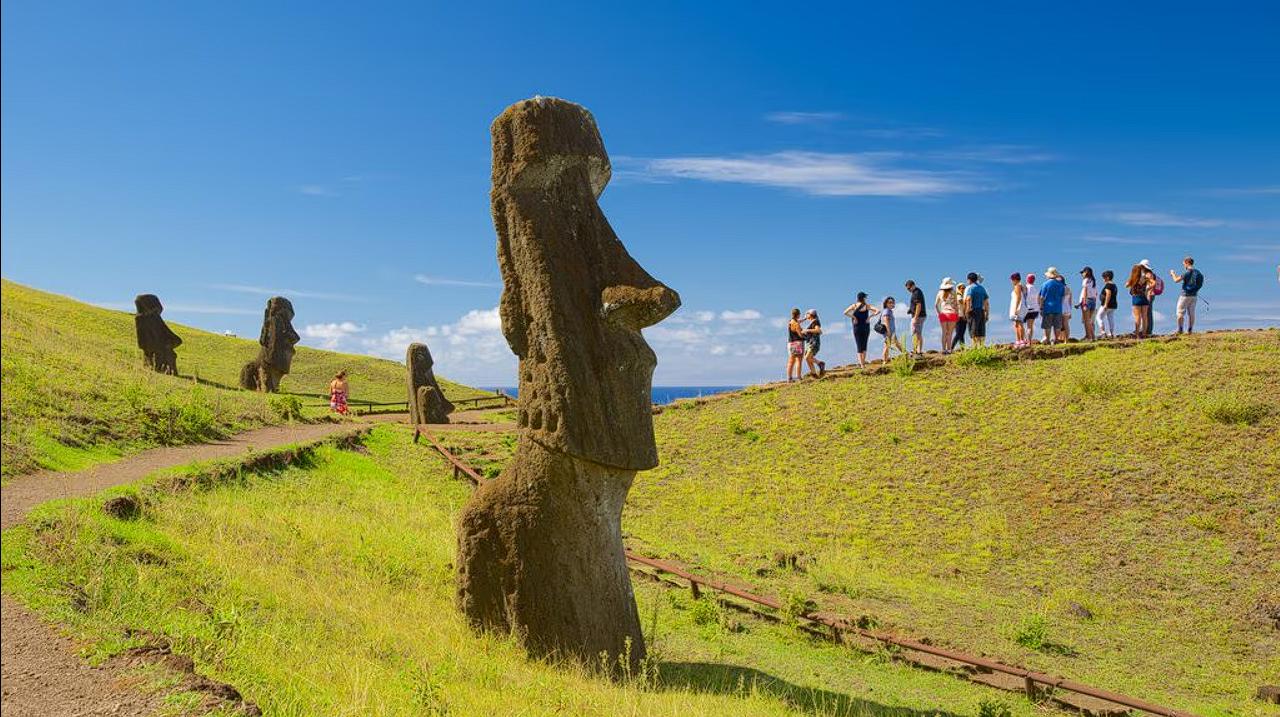
The Construction and Purpose of the Moai
The Moai were carved between approximately 1400 and 1650 A.D. by the Rapa Nui people. Their construction and purpose remain a topic of debate among researchers.
- Volcanic Tuff Carvings: The majority of Moai were carved from tuff, a soft volcanic rock found at the Rano Raraku quarry.
- Ceremonial and Symbolic Roles: The Moai are believed to have served ceremonial and symbolic roles, possibly representing ancestors or chiefs.
- Transportation Mysteries: How the Rapa Nui people transported these massive statues across the island is still a subject of speculation.
The Scale and Scope of the Moai Project
The Moai project was a massive undertaking, with nearly 1,000 statues carved and erected across the island.
- Hundreds of Statues: Approximately 1,000 Moai statues exist, varying in size and complexity.
- Massive Proportions: The largest Moai weigh up to 86 tons and stand 10 meters tall, with the average being about half that size.
- Rano Raraku’s Significance: Ninety-five percent of the Moai were carved from the tuff at Rano Raraku, highlighting its importance as a quarry.
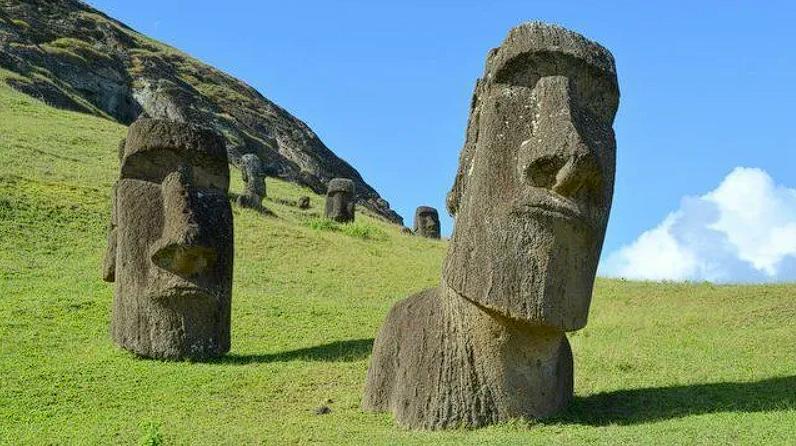
The Cultural and Historical Significance of the Moai
The Moai statues are not just impressive feats of engineering; they are also integral to the cultural and historical narrative of Easter Island.
A Reflection of Rapa Nui Society
The Moai reflect the social, political, and religious structures of the Rapa Nui people.
- Ancestral Representations: The statues are believed to represent ancestors, serving as focal points for rituals and ceremonies.
- Chiefly Power Symbols: Some Moai may have symbolized the power and authority of chiefs or other important figures.
- Community Endeavors: The construction of the Moai required immense communal effort, indicating a complex social organization.
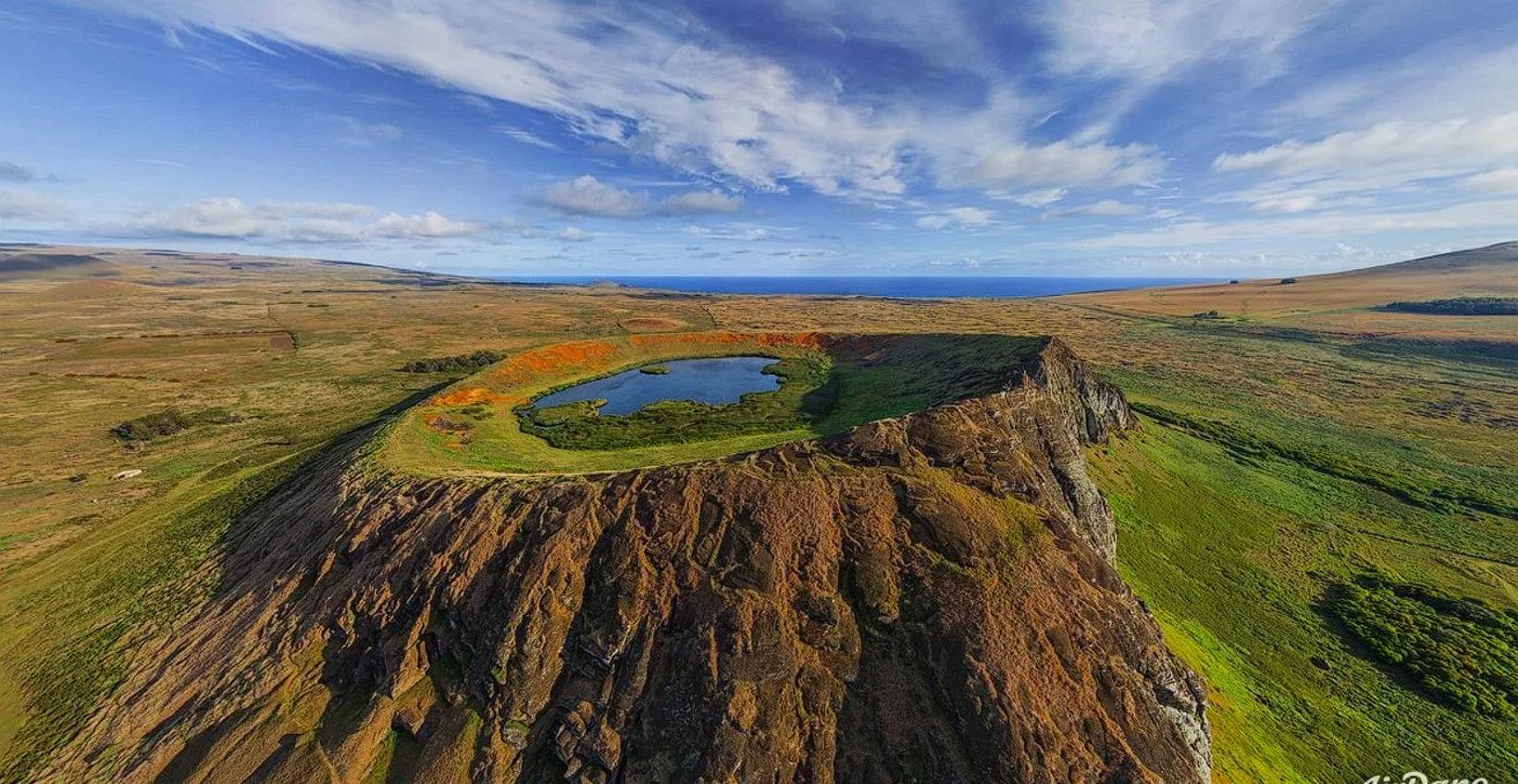
The Impact of the Moai on the Island’s Ecology
The Moai project had a profound impact on Easter Island’s ecology, contributing to its eventual decline.
- Resource Depletion: The construction and transportation of the Moai required vast amounts of resources, including wood for sleds and ropes.
- Deforestation: The island’s forests were heavily depleted, leading to soil erosion and ecological imbalance.
- Societal Collapse: The ecological strain may have contributed to the eventual collapse of the Rapa Nui society.
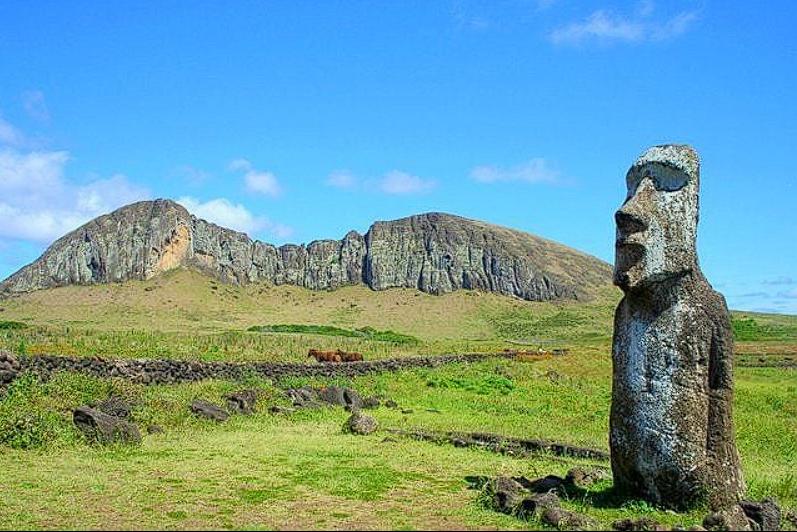
The Moai as a Global Icon
The Moai statues have become a global icon, representing mystery, ancient ingenuity, and the fragility of human civilization.
- Tourism and Fascination: The Moai attract tourists from around the world, drawn by their enigmatic presence.
- Cultural Symbolism: The statues have been featured in countless books, films, and documentaries, symbolizing ancient mysteries.
- Preservation Efforts: Ongoing efforts are being made to preserve the Moai and their cultural context for future generations.
The Moai statues of Easter Island are more than just stone figures; they are a window into a fascinating and complex ancient civilization. Their mystery and majesty continue to captivate and inspire people around the world.
